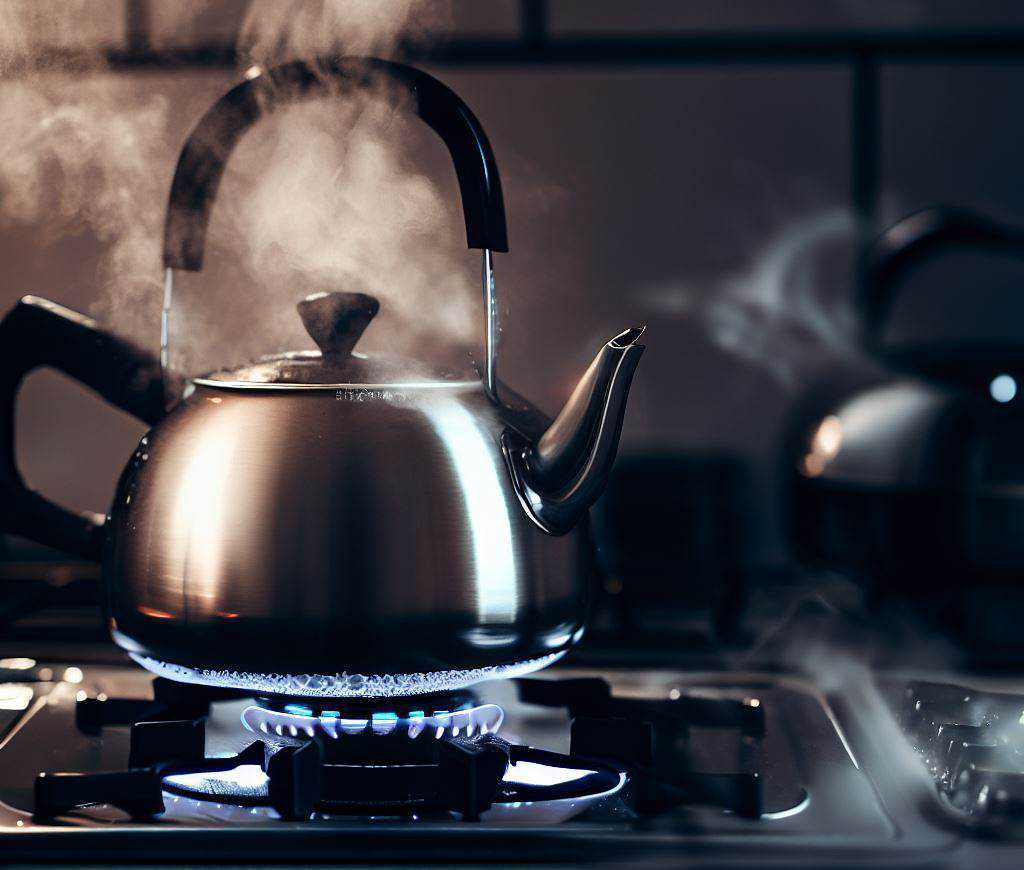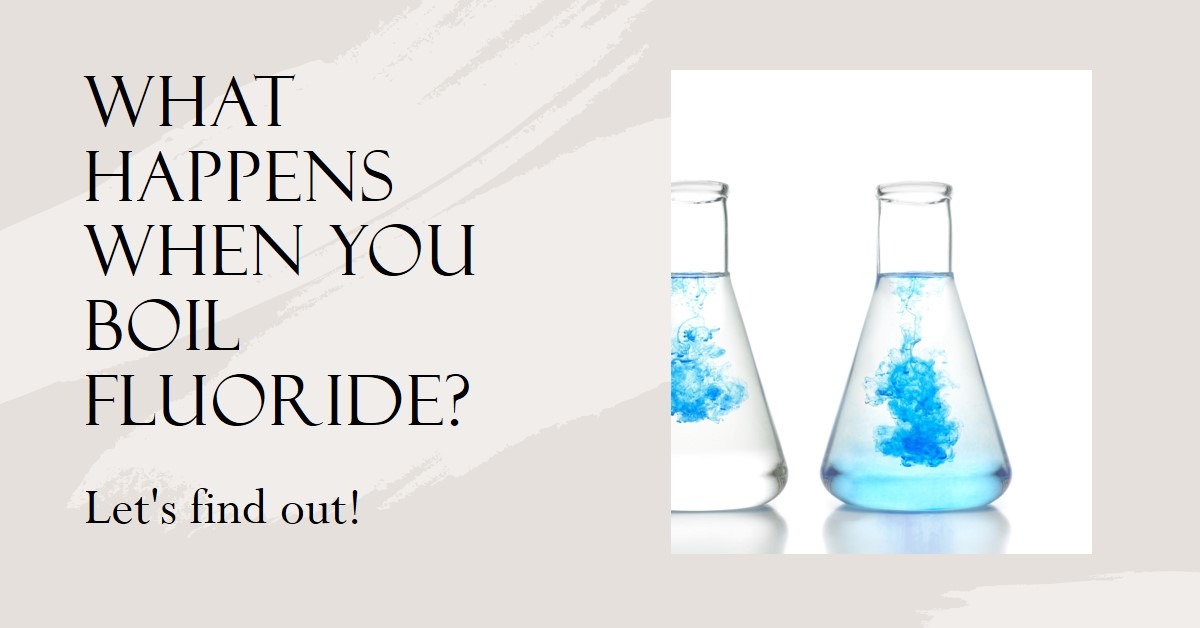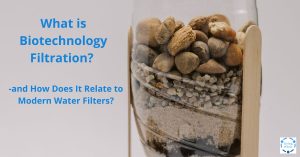Fluoride is a naturally occurring element that is found in many sources of drinking water. While it can be beneficial for dental health, excessive consumption of fluoride can lead to a range of health concerns, including weakened bones and dental fluorosis. As such, it’s important to understand what happens when we boil our drinking water with regards to fluoride.
Boiling water is a common practice for many households. It’s used for cooking, cleaning, and as a means to make water safe for drinking by killing off bacteria. However, boiling water can have an unexpected effect on the levels of fluoride found in the water.
To explore this phenomenon, a study was conducted to evaluate the effect of cooking vessel composition on the concentration of fluoride in the water used for cooking and its effect on fluoride levels after storage for 24 hours. The study used a standard water sample of 1 part per million (ppm) fluoride concentrations, which was boiled in five commonly used cooking vessels in India: Aluminum, Earthen pot, Stainless Steel, Teflon, and Glass.
The results of the study showed that there was an increase in fluoride concentration in water boiled in Teflon and Stainless Steel vessels, while a decrease was observed in Aluminum, Earthen Pot, and Glass vessels. This suggests that the composition of the cooking vessel can impact the level of fluoride found in the water after boiling. After 24 hours of storage, there was a further drop in fluoride concentration in water stored in Aluminum and Earthen pot vessels, while there was an increase in fluoride concentration in water stored in Teflon vessel.
This study’s findings align with the general scientific consensus that boiling water will not remove fluoride. Instead, boiling water increases the concentration of fluoride relative to the water volume because the volume of water decreases due to steam evaporation.

The importance of this study lies in the fact that fluoride is a chemical that, when consumed in excess, can lead to serious health concerns, particularly in children. This is why many communities have opted for water fluoridation programs, which add controlled and supposedly safe levels of fluoride to their water supply. However, if boiling water increases the fluoride concentration, it raises concerns about water fluoridation programs’ effectiveness and safety.
This brings up the question of why fluoride continues to be added to drinking water, given the limited evidence of its effectiveness in reducing tooth decay and potential health concerns. The Cochrane Collaboration, a respected research organization, has conducted several analyses on the benefit of fluoride in drinking water. Their findings suggest that there is no significant difference in tooth decay rates between communities with fluoridated water and those without it. Moreover, while there was a reduction in tooth decay rates, the effect was modest, and the quality of evidence was low. To us this demonstrates a need for a quality benchtop water filter that removes fluoride.
These findings suggest that the benefit of water fluoridation programs may have been overestimated. It also raises concerns that the increased concentration of fluoride in boiled water may contribute to excessive fluoride consumption, leading to adverse health outcomes.
Given these concerns, it’s crucial that communities have the option to decide on water fluoridation programs and perhaps we should all be considering effective fluoride water filters. Several countries, such as Japan, Germany, and Sweden, have already decided against water fluoridation, and the US has been seeing a growing number of cities and towns choosing to stop the practice. While water fluoridation may have once been a popular public health measure, it’s essential to consider all available evidence to determine if it is still necessary and effective.
In the meantime, there are methods for reducing fluoride intake when boiling water. One option is to use a fluoride water filter specifically designed to remove fluoride from drinking water. These filters work by using activated alumina or reverse osmosis to remove fluoride from the water supply. They are particularly useful for communities without access to alternative sources of water that have lower fluoride concentrations.
Another option is to opt for using cooking vessels made of materials that do not increase fluoride concentration in water. The study found that Aluminum and Earthen pot vessels led to a decrease in fluoride concentration in boiled water, making them a safer choice for cooking or boiling water. Moreover, these materials have been used for centuries to cook and store water, demonstrating their effectiveness and safety.
Boiling water does not remove fluoride but instead increases its concentration relative to the water volume. This highlights the need for caution when boiling water in communities with water fluoridation programs, as it could contribute to excessive fluoride consumption. The study also highlights the importance of using cooking vessels made of materials that reduce fluoride concentration in boiled water.
Ultimately, while fluoride has been traditionally considered essential for dental health, it’s becoming increasingly clear that its effectiveness and safety need to be reassessed. Communities should have the option to choose whether or not to participate in water fluoridation programs and make informed decisions about their drinking water intake. By staying informed about the benefits and risks of fluoride consumption, we can ensure safe and healthy drinking water for all.




